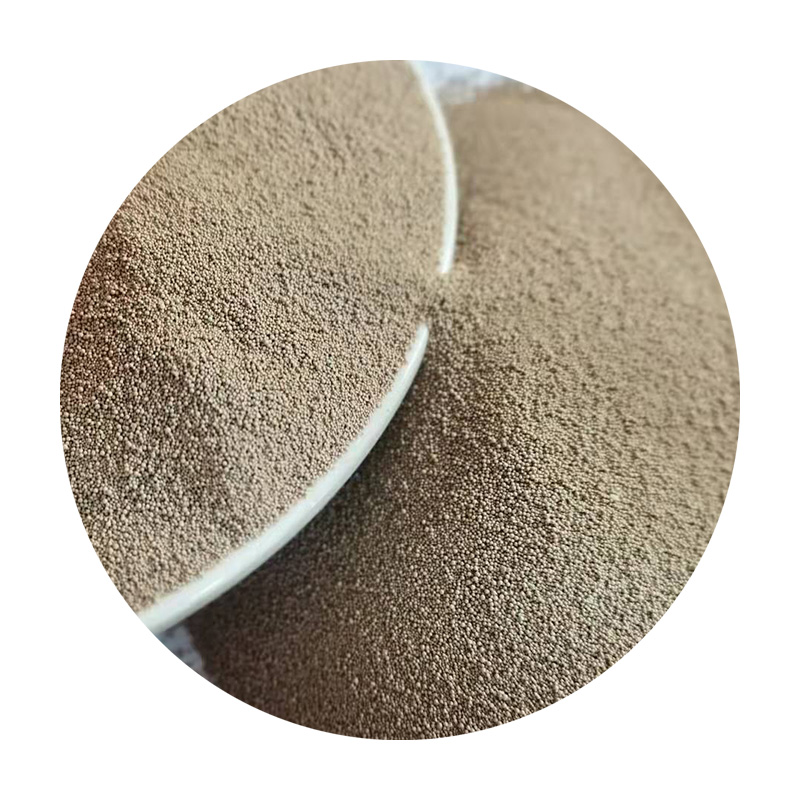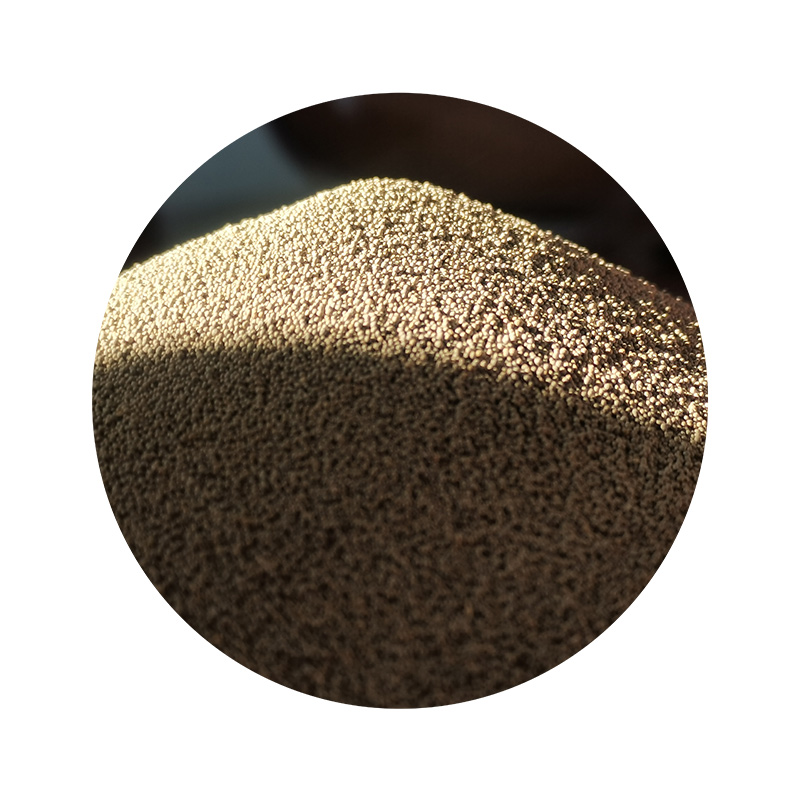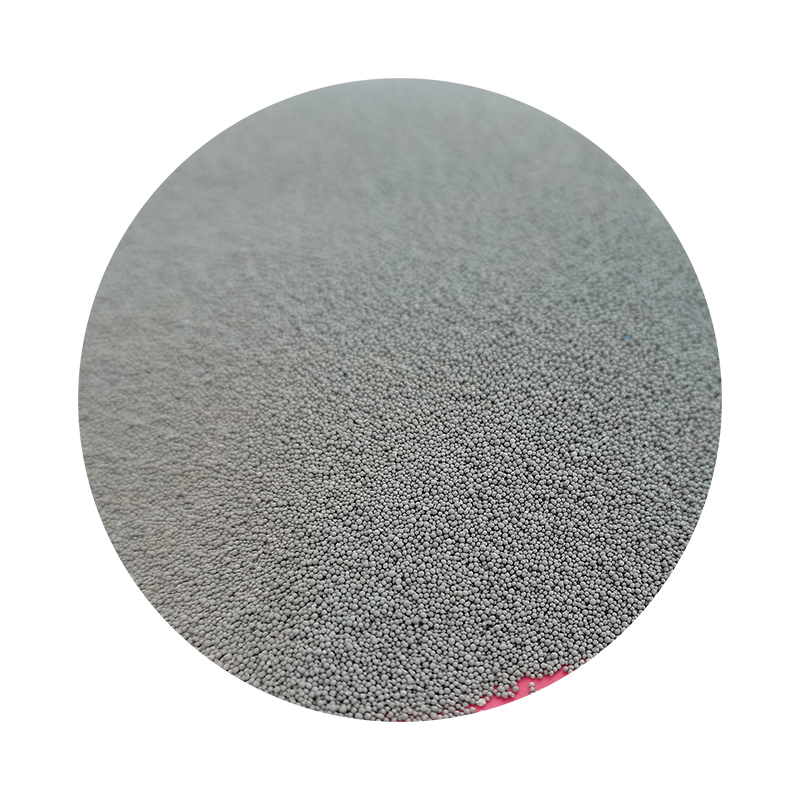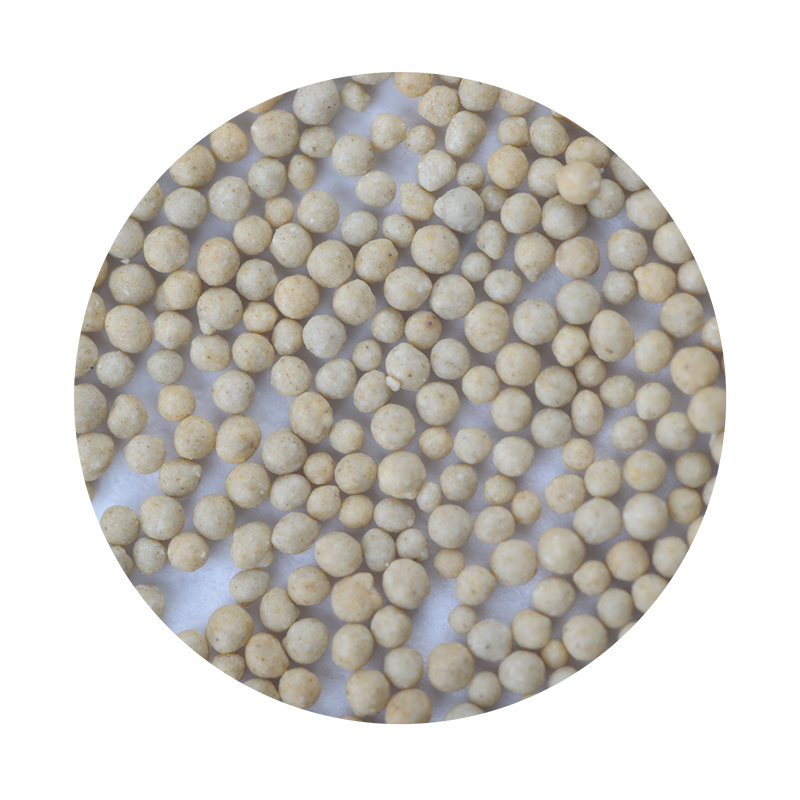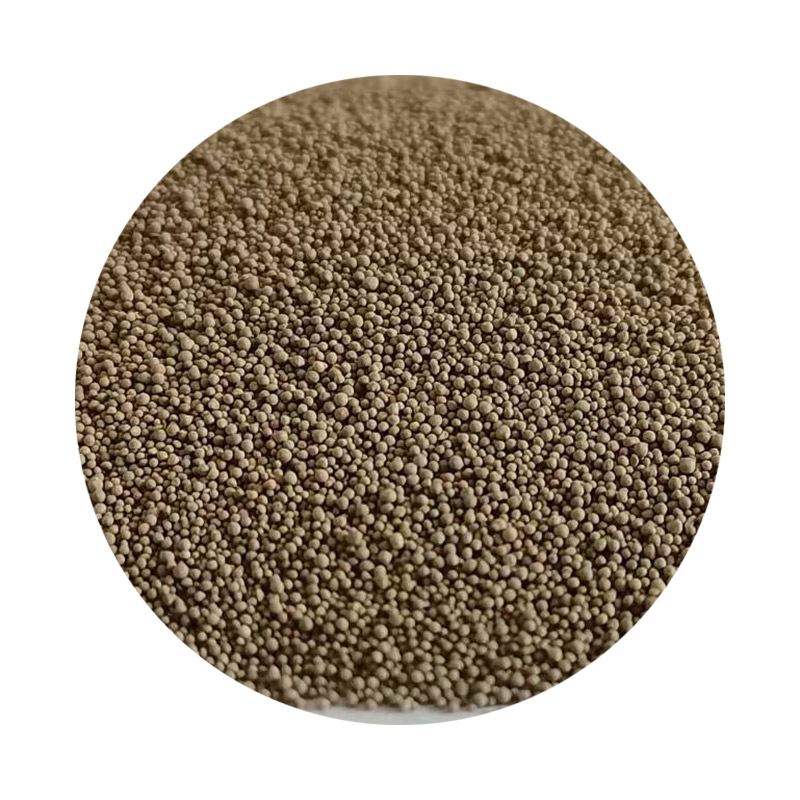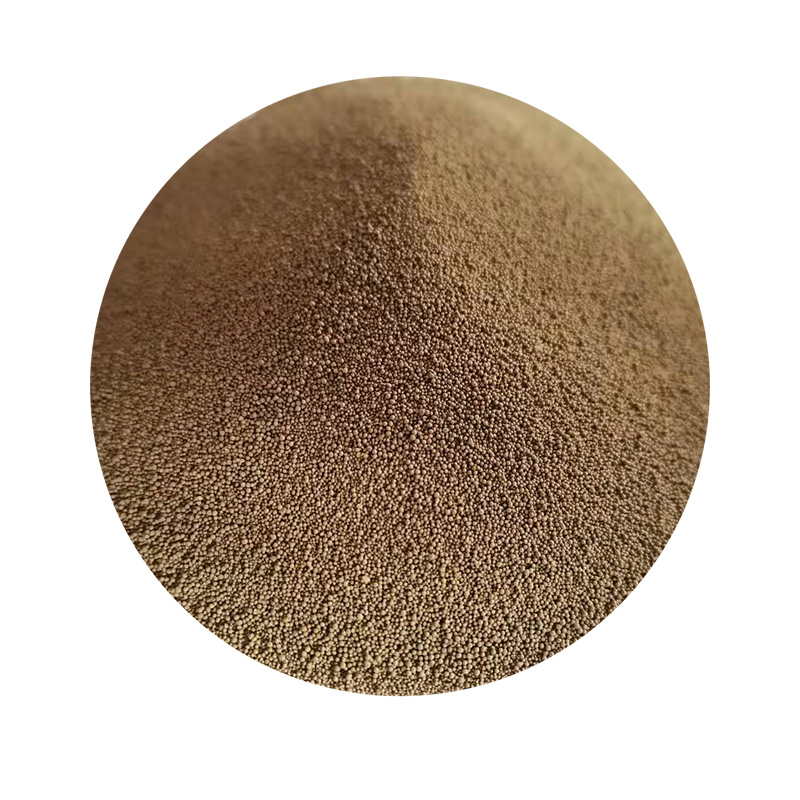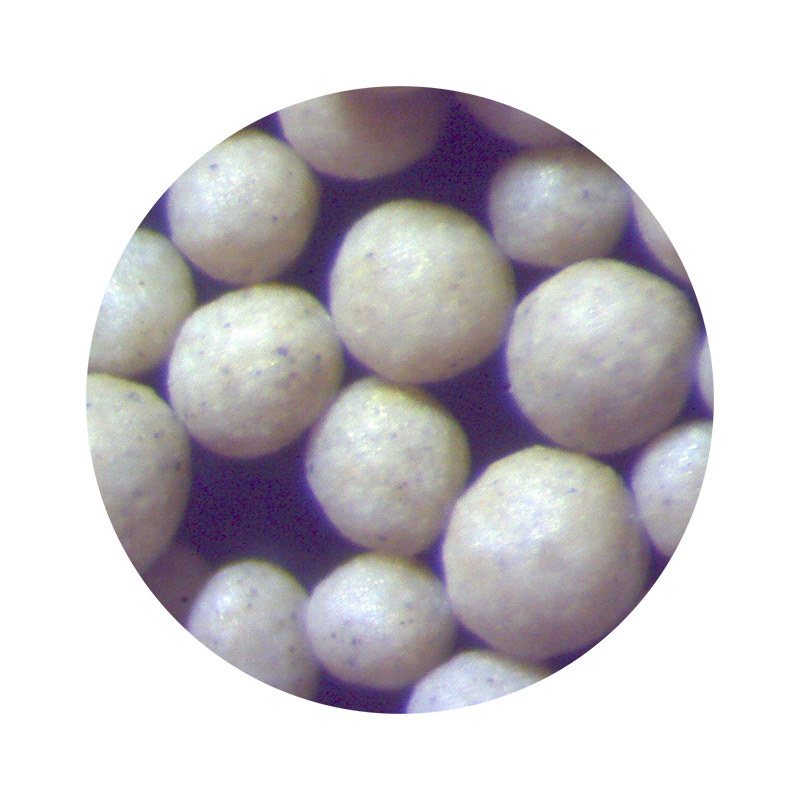
- Afrikaans
- Albanian
- Amharic
- Arabic
- Armenian
- Azerbaijani
- Basque
- Belarusian
- Bengali
- Bosnian
- Bulgarian
- Catalan
- Cebuano
- China
- China (Taiwan)
- Corsican
- Croatian
- Czech
- Danish
- Dutch
- English
- Esperanto
- Estonian
- Finnish
- French
- Frisian
- Galician
- Georgian
- German
- Greek
- Gujarati
- Haitian Creole
- hausa
- hawaiian
- Hebrew
- Hindi
- Miao
- Hungarian
- Icelandic
- igbo
- Indonesian
- irish
- Italian
- Japanese
- Javanese
- Kannada
- kazakh
- Khmer
- Rwandese
- Korean
- Kurdish
- Kyrgyz
- Lao
- Latin
- Latvian
- Lithuanian
- Luxembourgish
- Macedonian
- Malgashi
- Malay
- Malayalam
- Maltese
- Maori
- Marathi
- Mongolian
- Myanmar
- Nepali
- Norwegian
- Norwegian
- Occitan
- Pashto
- Persian
- Polish
- Portuguese
- Punjabi
- Romanian
- Russian
- Samoan
- Scottish Gaelic
- Serbian
- Sesotho
- Shona
- Sindhi
- Sinhala
- Slovak
- Slovenian
- Somali
- Spanish
- Sundanese
- Swahili
- Swedish
- Tagalog
- Tajik
- Tamil
- Tatar
- Telugu
- Thai
- Turkish
- Turkmen
- Ukrainian
- Urdu
- Uighur
- Uzbek
- Vietnamese
- Welsh
- Bantu
- Yiddish
- Yoruba
- Zulu
Ceramic foundry sand for green sand process
Green Sand Castings are castings made using wet sand or “green sand” molds. The sand is not green in color nor do the molds use “greensand,” a greenish color sandstone. Instead of the sand is called “green” because it has moisture in it (like green wood) before the sand dries out when molten metal is poured in the mold.
What gives the sand moisture and helps the sand stick together when making molds is the clay that is mixed in the sand. Bentonite clay and the sand mixed together provide strong molds that can be created on an automated assembly line.
Sintered ceramic foundry sand is mainly made of minerals containing Al2O3 and SiO2 and added with other mineral materials. A spherical foundry sand made by powder, pelletizing, sintering and grading processes. Its main crystal structure is Mullite and Corundum, with rounded grain shape, high refractoriness, good thermochemical stability, low thermal expansion, impact and abrasion resistance,features of strong fragmentation. When the ceramic sand applicated in green sand process, it could increase the raw sand reused times, reduced waste sand emissions, improved casting yield.
Advantage
● Super high temperature resistance and excellent breathability make a high mechanical reclamation rate of sand, lower waste sand emissions.
● High permeability. The permeability of the green sand mixed by sintered ceramic casting sand was higher than that mixed by quartz sand under the same process conditions.
Parts of Particle size Distribution
The particle size distribution can be customized according your requirement.
|
Mesh |
20 | 30 | 40 | 50 | 70 | 100 | 140 | 200 | 270 | Pan | AFS | |
|
μm |
850 | 600 | 425 | 300 | 212 | 150 | 106 | 75 | 53 | Pan | ||
| code | 40/70 | ≤5 | 20-30 | 40-50 | 15-25 | ≤8 | ≤1 | 43±3 | ||||
| 70/40 | ≤5 | 15-25 | 40-50 | 20-30 | ≤10 | ≤2 | 46±3 | |||||
| 50/100 | ≤5 | 25-35 | 35-50 | 15-25 | ≤6 | ≤1 | 50±3 | |||||
| 100/50 | ≤5 | 15-25 | 35-50 | 25-35 | ≤10 | ≤1 | 55±3 | |||||
| 70/140 | ≤5 | 25-35 | 35-50 | 8-15 | ≤5 | ≤1 | 65±4 | |||||
Application
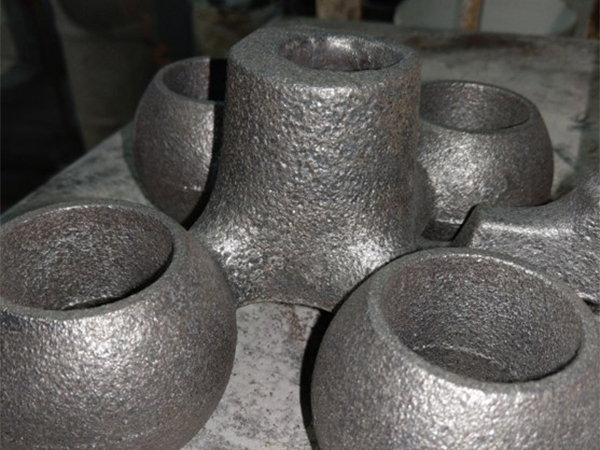
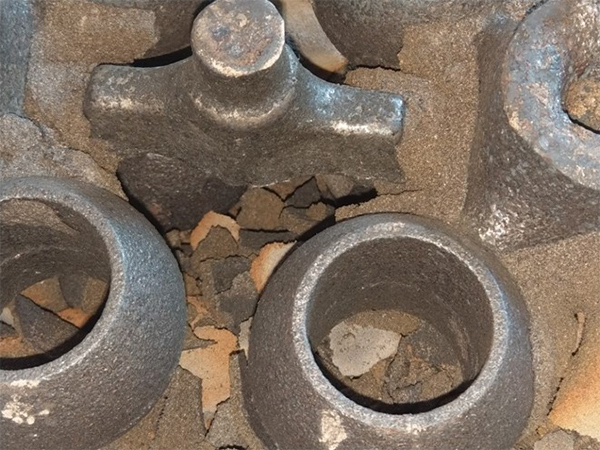
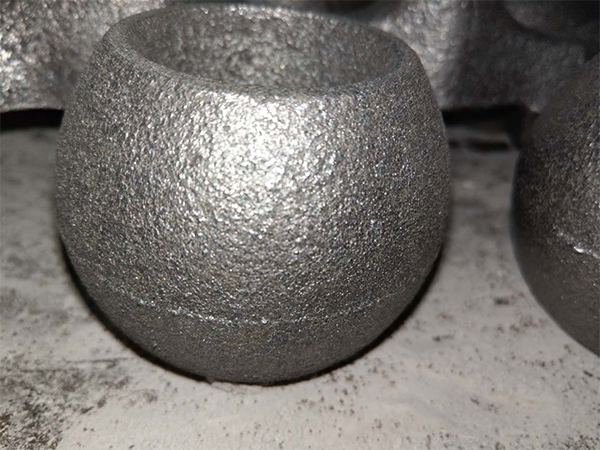
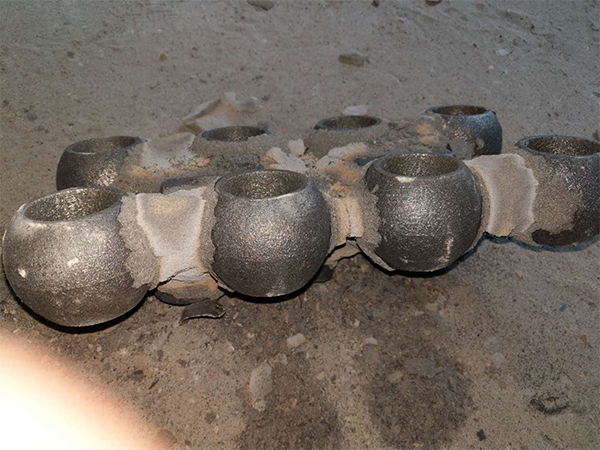
Products categories
